10 landmarks you can see from space
Melissa Wells

- The International Space Station has the best view of some of Earth's most iconic landmarks.
- Astronauts can see man-made structures, including the Pyramids of Giza and Dubai's Palm Islands.
Across the world, incredible sites — both natural and man-made — characterize our planet.
The International Space Station, at 250 miles above Earth, can even see some of these structures, capturing them in images that prove they are just as iconic from above as they are on the ground.
Here are 10 of these landmarks.
The Amazon River journeys through the Andes Mountains of Peru and flows through Colombia, Ecuador, Bolivia, Venezuela, and Brazil before reaching the Atlantic Ocean.
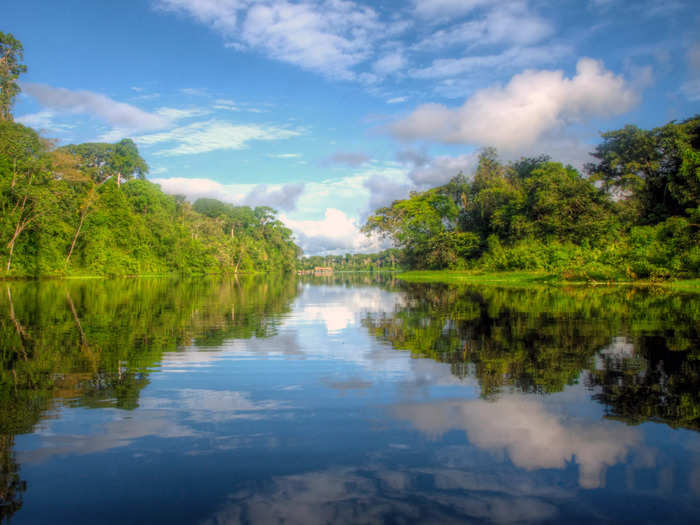
Source: Britannica
As the world's second-longest river and biggest by volume, it is relatively easy to spot from space. It runs for more than 4,000 miles.
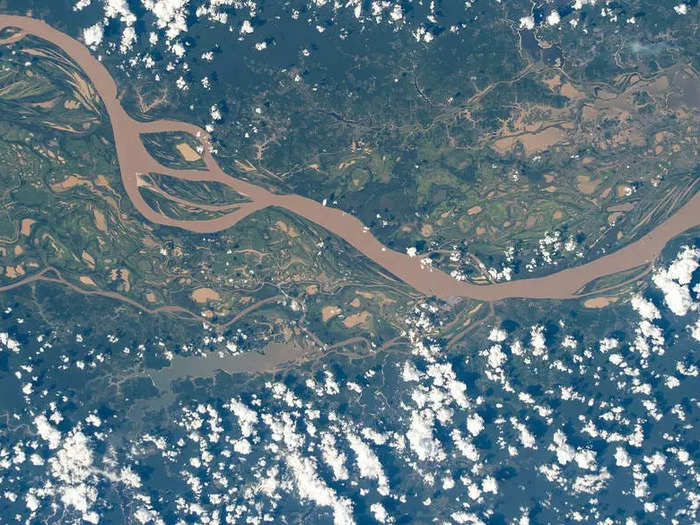
Source: Britannica
Wadi Rum, a valley of dunes, canyons, sandstone mountains, and aged petroglyphs in Jordan, has been used in films such as "Rogue One: A Star Wars Story" and "The Martian."
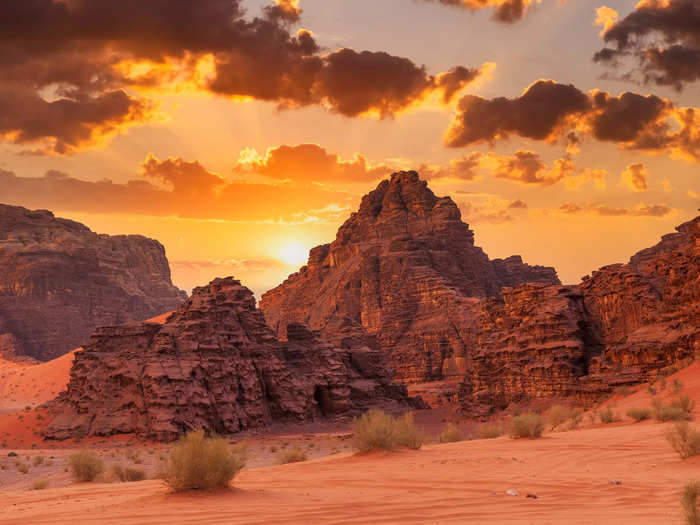
Source: National Geographic, Insider, Insider
Wadi Rum, which is known as the "Valley of the Moon" by Jordanians, can also be seen clearly from space.
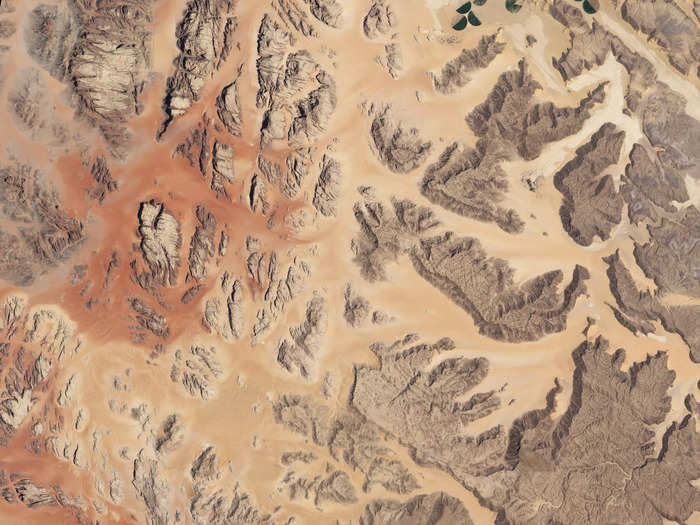
Source: National Geographic
The Golden Gate Bridge's consulting architect Irving Morrow preferred the "international orange" color of the nearly 9,000-foot, single-span suspension bridge as it increased its visibility amid the San Francisco fog.

Source: History.com
The International Space Station provides the best view of the Golden Gate Bridge in winter months when fog is lighter and days are shorter.
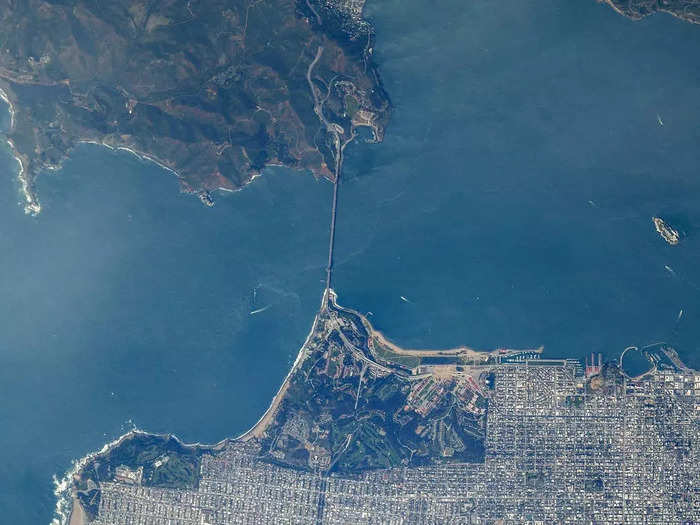
One of the Seven Natural Wonders of the World, the Grand Canyon is an incredible landmark that formed millions of years ago.
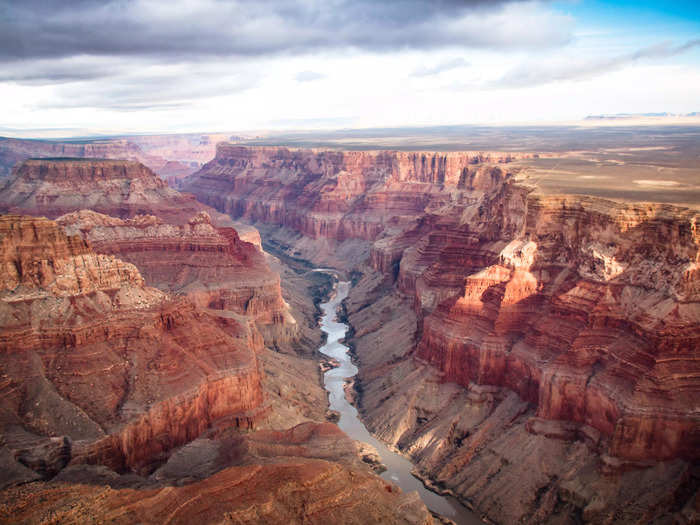
Source: Grand Canyon Conservancy
To astronauts, the Grand Canyon resembles a long, flowing river at 277 miles long, 18 miles wide, and more than a mile deep in some places. They're the lucky few to see the canyon in its entirety.
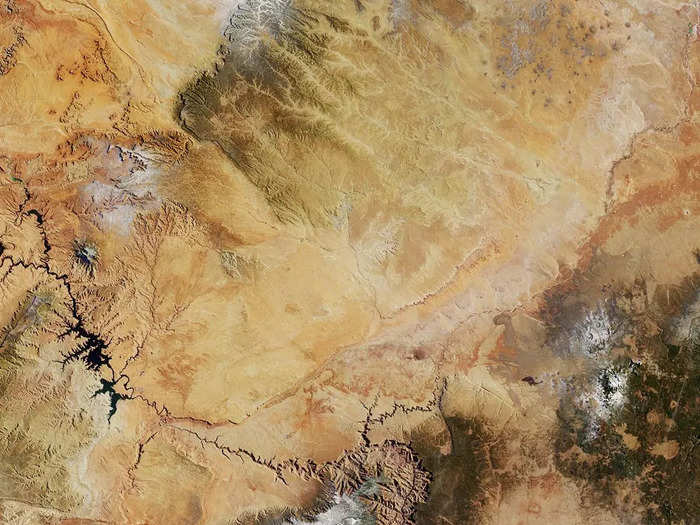
Source: Grand Canyon Conservancy
Another of the Seven Natural Wonders of the World can be found in this coral sea, located off Australia's northeastern coast, where the biggest coral-reef system in the world exists: The Great Barrier Reef.

Source: UNESCO
Also visible from the ISS, the Great Barrier Reef extends over 1,430 miles and contains almost 3,000 reefs and 890 islands, 400 coral types, 1,500 fish species, 4,000 mollusks, and over 200 bird species.

Source: UNESCO
The Kennecott Copper Mine, also known as the Bingham Canyon Mine, is located near Salt Lake City in Utah. It's the world's largest man-made excavation.
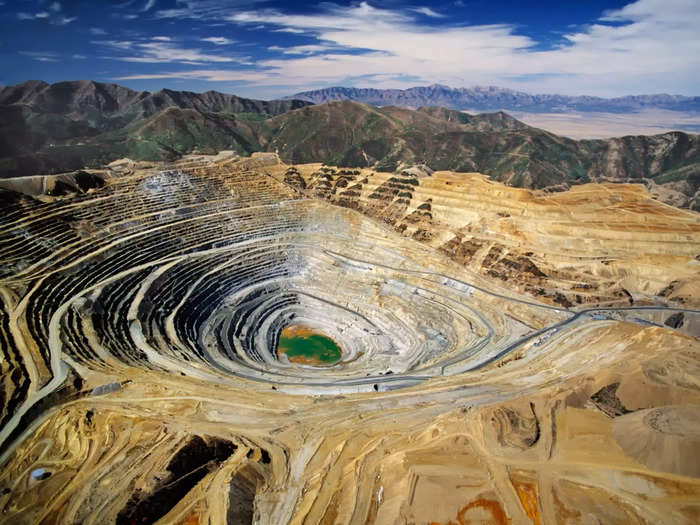
Source: Mining Technology, Smithsonian Magazine
The Kennecott Copper Mine is one of the world's great open-pit mines at 2.5 miles wide and half a mile deep. It has been in operation for over a century.
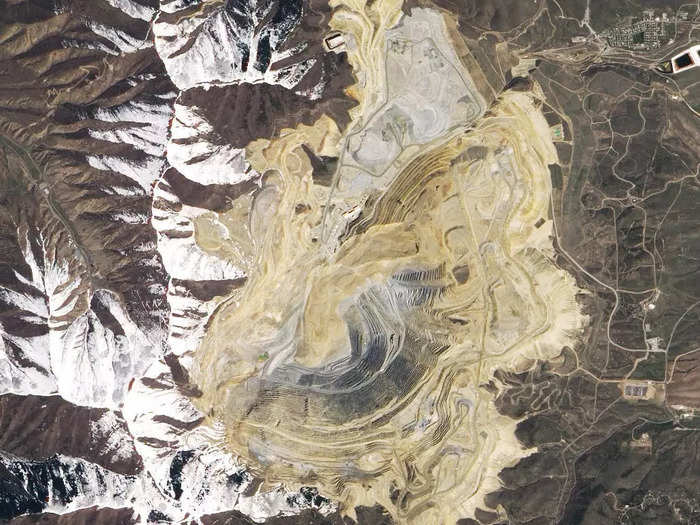
Source: Mining Technology
The Himalayas have an average elevation of 20,000 feet and cover approximately 1,500 miles across countries including Pakistan, Nepal, India, China, and Bhutan.
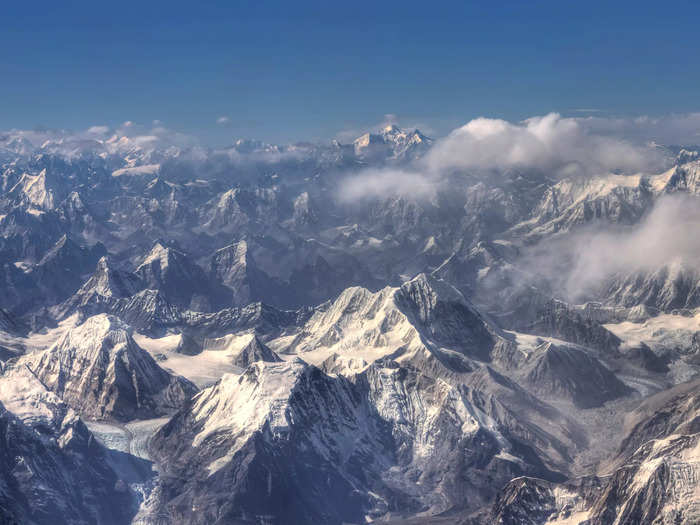
Source: PBS
Few mountain ranges compare to the snow-covered Himalayas: The range is visible hundreds of miles above Earth's surface to astronauts on the ISS.
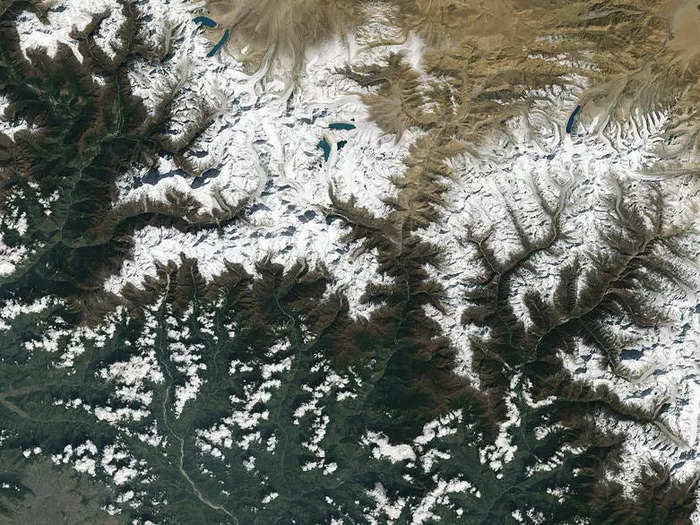
Source: Insider
Palm Jumeirah of Dubai's unfinished Palm Islands is made of approximately 3.9 billion cubic feet of sand. Workers dredged up sand from the bottom of the Persian Gulf to create the shape.
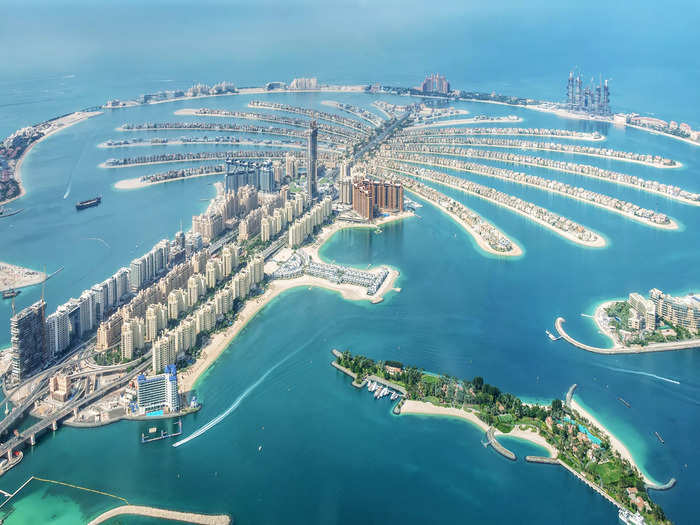
Source: Condé Nast Traveler
Palm Jumeirah, one of three artificial Palm Islands and the only one completed so far, is the largest artificial island in the world in the shape of a palm tree.
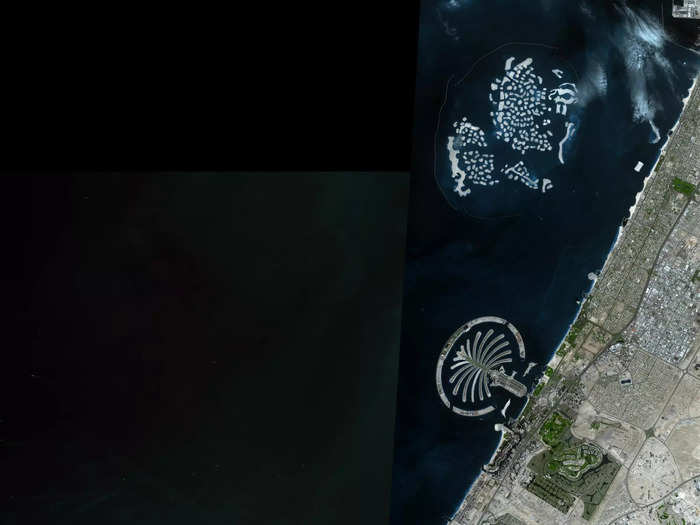
Source: Britannica
The Pyramids of Giza were built by the Ancient Egyptians in about 2500 BC. They remain the only one of the Seven Wonders of the World still standing.
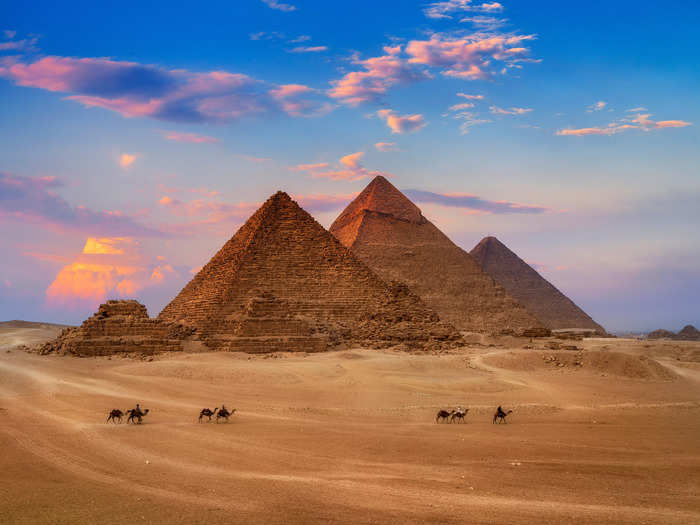
Source: New 7 Wonders
NASA astronauts on the Alpha space station snapped photos of Giza's pyramids for the first time in 2001.
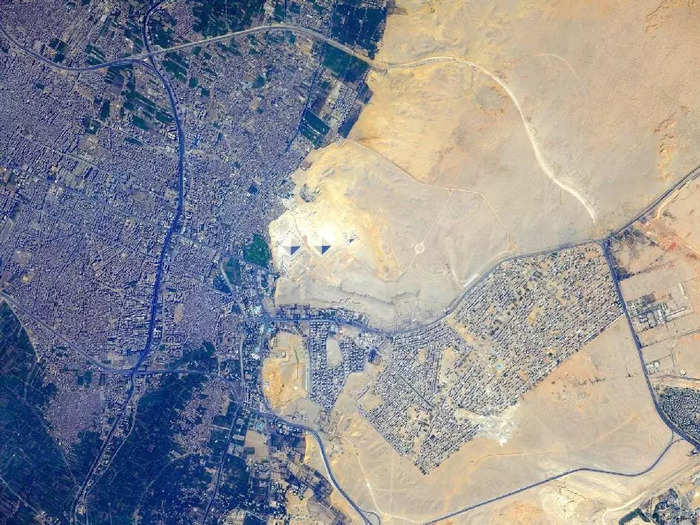
Source: NASA
The Suez Canal is a 120-mile-long canal that represents a crucial trade route between Europe and Asia by cutting out what would be a two-week journey around Africa. Every day, more than 50 ships move through the canal.
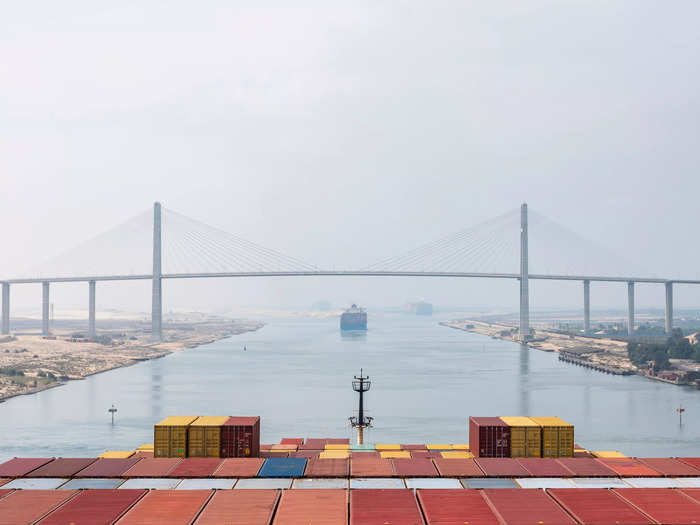
Source: Britannica
The Suez Canal, the surrounding dense urban development, and the desert landscape can be seen clearly by astronauts.
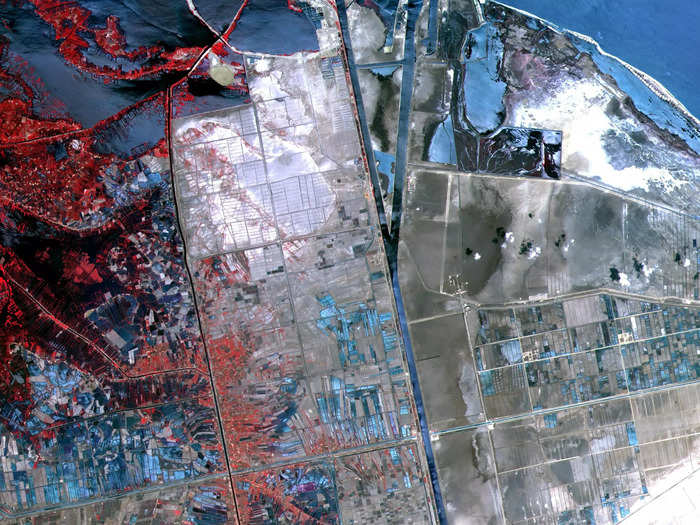
Source: Britannica
Popular Right Now
Popular Keywords
Advertisement